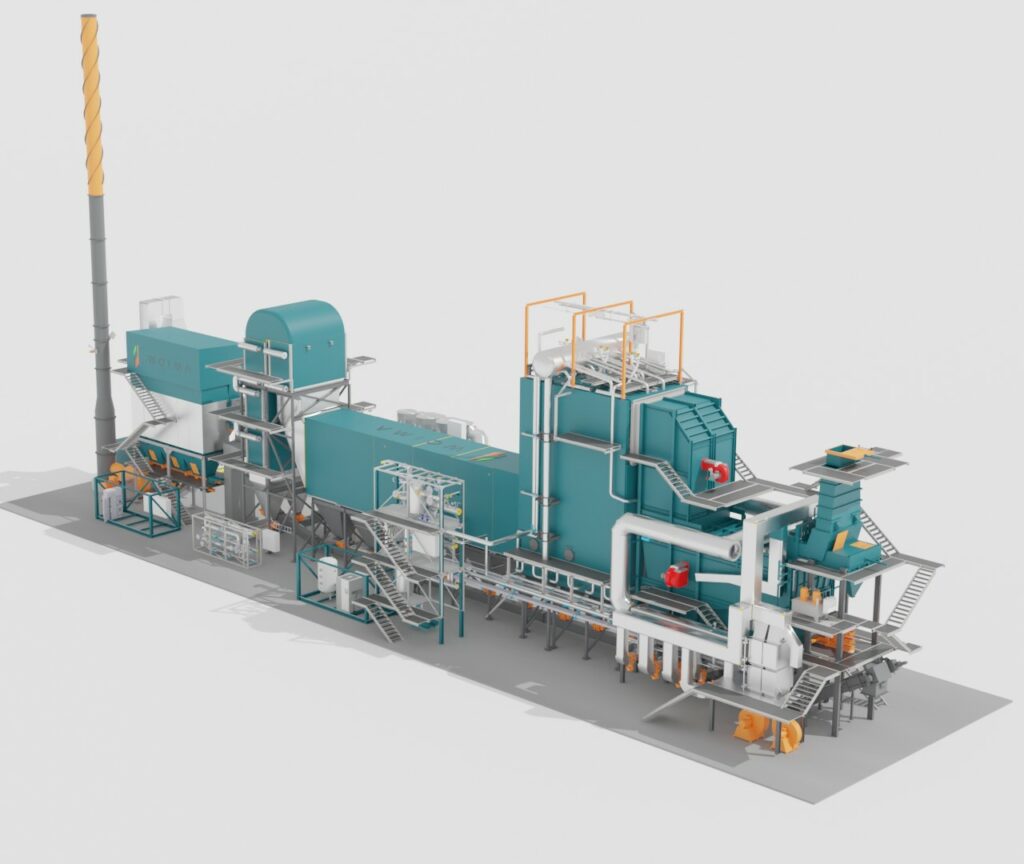Decentralized waste management and power generation
All waste-to-value projects have five key cost components
1. Waste collection
2. Waste transportation
3. Waste-to-value solution
4. Waste disposal
5. Energy transmission
Decentralizing the waste-to-value facilities close to where the waste is being generated offers significant advantages. The waste logistics costs are reduced by up to 50% due to shorter transportation distances. The electricity transmission losses also diminish by up to 10%, since the end-users are located close by. Similarly, other energy commodities, such as saturated steam and thermal energy (heating / cooling), are available to consumers, e.g. industries.
The waste-to-value facilities are capable of handling all the non-toxic waste streams that societies are generating; municipal, industrial and commercial waste streams, as well as hospital waste, animal by products, wastewater sludge and even tires and other difficult refuse materials. Each waste stream has its own dedicated solution extracting the maximum amount of energy out of it. Internal synergies further enhance the functionality and feasibility of the facility.
One of the key targets of the decentralized waste-to-value facilities is to reduce the unusable waste quantity to a minimum. When the recyclable materials are removed from the waste stream and each type of refuse subjected to the appropriate solution, the remaining waste volume falls well below 5% of the original quantity offering significant disposal savings. Simultaneously, the detrimental effect that untreated waste has on the environment, i.e. air, soil and groundwater emissions, health impact and biodiversity issues, is reduced substantially.
The best case scenario would be that the locally recycled raw materials are transformed to new commodities for local people using locally available resources, i.e. labor and energy. This is the very definition of circular economy. A large part of the waste-to-value investment cost could be covered by the savings generated through the decentralization.






